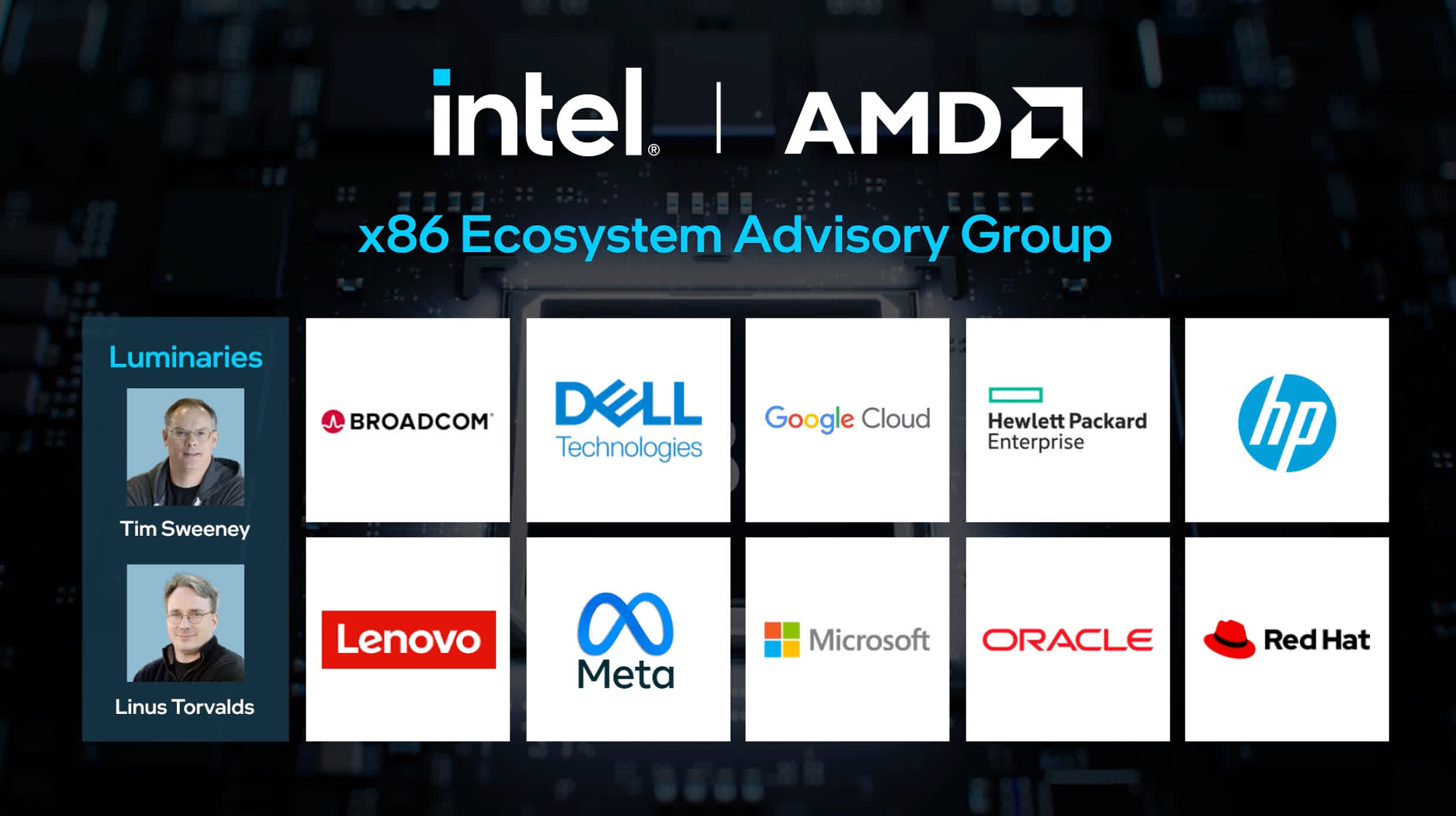The x86 wish list: Complexities of an imaginary Intel takeover

Serving tech enthusiasts for over 25 years.
TechSpot means tech analysis and advice you can trust.
Editor’s take: We are frequently asked some version of the question, “Will someone acquire Intel?” At this point, we think it is highly unlikely, but these are unpredictable times. Setting aside all the principal considerations – like money, strategy, and regulatory approval – there are a few other hurdles. Chief among these is Intel’s license for x86.
Apparently, when Intel and AMD resolved their multi-decade dispute over x86, the cross-license agreement included provisions about transferability. If either company is acquired, the other has the right to cancel the license, effectively blocking the deal. When this was signed, we have to think everyone involved assumed it would be AMD getting acquired, but the provision seems to be mutual, and times change.
Editor’s Note:
Guest author Jonathan Goldberg is the founder of D2D Advisory, a multi-functional consulting firm. Jonathan has developed growth strategies and alliances for companies in the mobile, networking, gaming, and software industries.
So just for fun, let’s think through how that would play out. Right now, the most likely potential buyer of Intel is Broadcom. What would happen if they approached AMD about this license?
AMD would have a few options. Their default position would likely be to just refuse and block the deal. Broadcom is a fearsome competitor, and even if they do not directly compete in every area, a revitalized Intel under Broadcom would be a serious threat to AMD.
That said, a failed Intel would also be a major problem for AMD, if for no other reason than the two are now linked at the hip when it comes to x86, which AMD needs to remain healthy. All of which is to say there is room for negotiation.
What would AMD ask for to grant that approval? Obviously, they would take some cash. However, there is only so much Broadcom would be willing to pay before the Intel deal becomes unappealing. That probably amounts to a few billion dollars. Beyond cash, there are things AMD could ask for that might be worth far more strategically.
For starters, they could ask Broadcom for help in their fight against Nvidia. This is an area of shared interest between the two companies, and there are likely multiple ways both could benefit from a deeper partnership. For example, Broadcom could invest more heavily in AMD’s Ultra Ethernet and other networking initiatives. Alternatively, Broadcom could design an entire networking stack optimized for AMD’s Mi300 series of AI accelerators. Going further, AMD could request that Broadcom encourage its AI ASIC customers to adopt AMD-friendly networking interfaces. We imagine there are plenty of novel ways that Broadcom could promote AMD’s interests in their combined fight against Nvidia.
Alternatively, AMD could ask Broadcom to steer business toward ZT Systems. After AMD acquires ZT, they plan to sell off ZT’s manufacturing side. Securing a healthy backlog of Broadcom orders would certainly make that business more attractive.
United against Arm: Intel CEO Pat Gelsinger and AMD CEO Lisa Su at Lenovo Tech World 2024, where both companies announced the x86 Ecosystem Advisory Group
AMD would also want to ensure Broadcom continues spinning off Altera, which competes with AMD’s Xilinx division. They could even push Broadcom to commit to incorporating more Xilinx products into future designs and reference platforms.
The point of these demands is that they would cost Broadcom relatively little while potentially offering AMD significant strategic value.
While this thought experiment is just for kicks, it highlights one more hurdle for anyone interested in buying Intel. Few potential buyers could offer AMD comparable strategic benefits. For instance, a private equity buyer for Intel would likely have only cash to offer, which might not be enough to get AMD on board. The deal is unlikely, but if it happened, it would shake up many corners of the industry.




